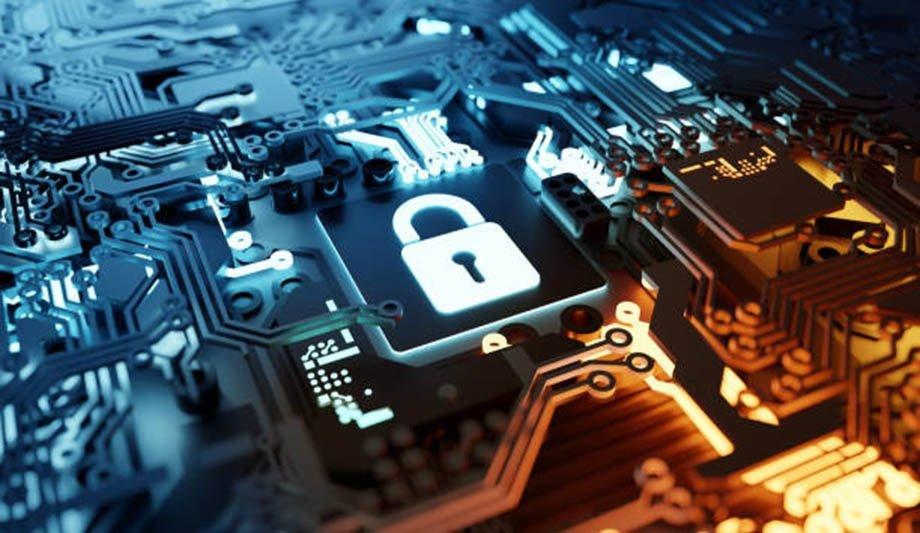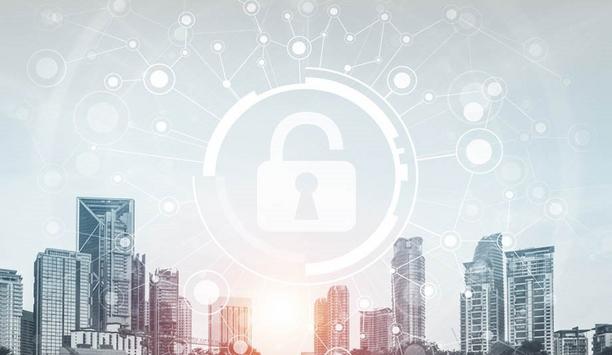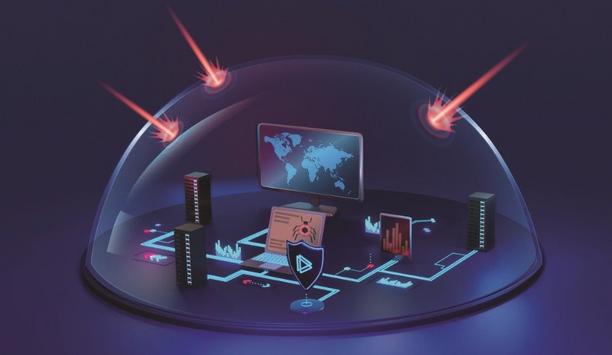DevSecOps is a vital strategy with automated security included in every phase of software development.
Implementing DevSecOps means application and infrastructure security becomes a shared responsibility amongst the development, operations, and security teams which maximizes protection at every level of the organization.
Investing in DevSecOps strategies
According to a recent report conducted by the Neustar International Security Council (NISC), an elite group of cybersecurity professionals across government agencies and companies, organizations plan to invest heavily in DevSecOps strategies this year and the level of urgency for them to do so has grown significantly, given the increase in cyber threats and high-profile supply chain attacks.
93 percent of organizations confirmed that they are focusing on DevSecOps this year, with 86 percent agreeing that it became a ‘business priority’ in 2022.
The evolving threat landscape
60% of organizations increased digitization as a contributing factor to adopting DevSecOps strategies
The threat landscape has evolved significantly over the past few years, with new threats and attack vectors emerging, leading to a growing awareness of DevSecOps and the benefits it can bring. For example, the pandemic forced a shift to cloud-based delivery models or multi-cloud environments with remote or hybrid capabilities to cope with the ‘new normal’, expanding the attack surface.
Cyber extortionists are exploiting this, adopting more complex attack methods to bypass organizations' defenses. According to NISC’s findings, 60 percent of organizations listed increased digitization as a contributing factor in their rush to adopt DevSecOps strategies.
Ransomware
Ransomware also continues to be a dominant threat as highlighted in the National Cyber Security Center (NCSC), part of (GCHQ)’s annual review which reported 18 ransomware attacks in the UK in 2022 and earned a national-level response.
75 percent of leaders listed ransomware as a growing threat to their organizations, followed closely by DDoS attacks, targeted hacking, and social engineering via email which is also increasing.
Addressing cyber risks
Attacks have increased in sophistication, volume, and severity and are having disastrous consequences for businesses and governments alike. In fact, ransomware poses a serious risk to our critical national infrastructure (CNI) and this has been acknowledged by leaders and governments around the world.
The European Commission recently proposed new rules that aim to incorporate efficient cyber and information security measures across EU institutions, bodies, offices, and agencies.
Prioritising DevSecOps for 2023
Organizations need to optimize security measures by adopting an ‘always on’ approach to cybersecurity
Cyberattacks have evolved and become more ubiquitous, which has led to this focus on DevSecOps. Indeed, supply chain attacks were listed as a main driver behind DevSecOps strategies for the majority of businesses (53 percent).
The Sunburst attack on SolarWinds revealed how the supply chain can increase the attack surface and leave organizations and partners exposed, enabling threat actors to bypass a company’s security defenses. Moving forwards, organizations need to optimize security measures by adopting a more proactive strategy or an ‘always on’ approach to cybersecurity.
Protection and prevention efforts
That being said, while DevSecOps is being prioritized, only 13 percent of the organization has fully implemented a clear strategy. In fact, NISC found that most organizations (42 percent) feel that the lack of security talent is preventing them from adopting a formal strategy.
Security teams should be maximizing their protection and prevention efforts, going beyond software updates and bug fixes.
Multi-layered defenses
Multi-layered defenses such as regular backups, reliable updating, and updating software and systems are vital in efficient cybersecurity measures but with the ever-evolving threat landscape, early detection is critical now more than ever.
Realistically, organizations need to start adopting a range of effective prevention and mitigation measures to stay ahead of the more sophisticated attack methods, and this is where DevSecOps proves vital.
Establishing a more proactive cybersecurity strategy
DevSecOps is far more than simply automating tasks, and conducting regular resting and security audits
Given the increased sophistication and volume of threats such as ransomware, DDoS attacks, and supply chain attacks, DevSecOps is proving essential in day-to-day business. This year, leaders need to scale up their DevSecOps programs and include them within their internal security, and establish a culture of best practices, to ensure this strategy is effective.
DevSecOps is far more than simply automating tasks, and conducting regular resting and security audits. It requires clear and efficient communication between the development, security, and IT teams as well as educating these teams on the shift and benefits of establishing a clear DevSecOps strategy.
Compliance and security practices
This year, companies need to make cybersecurity and DevSecOps a business priority. Security needs to be an integral part of company culture and a core capability of the product development process. This means having a dedicated in-house security team and embedding compliance and security practices within their developer tools.
Only then, will organizations be thoroughly prepared for any given event and establish themselves in a stronger position in this constantly evolving and dangerous threat landscape.
Discover how AI, biometrics, and analytics are transforming casino security




























